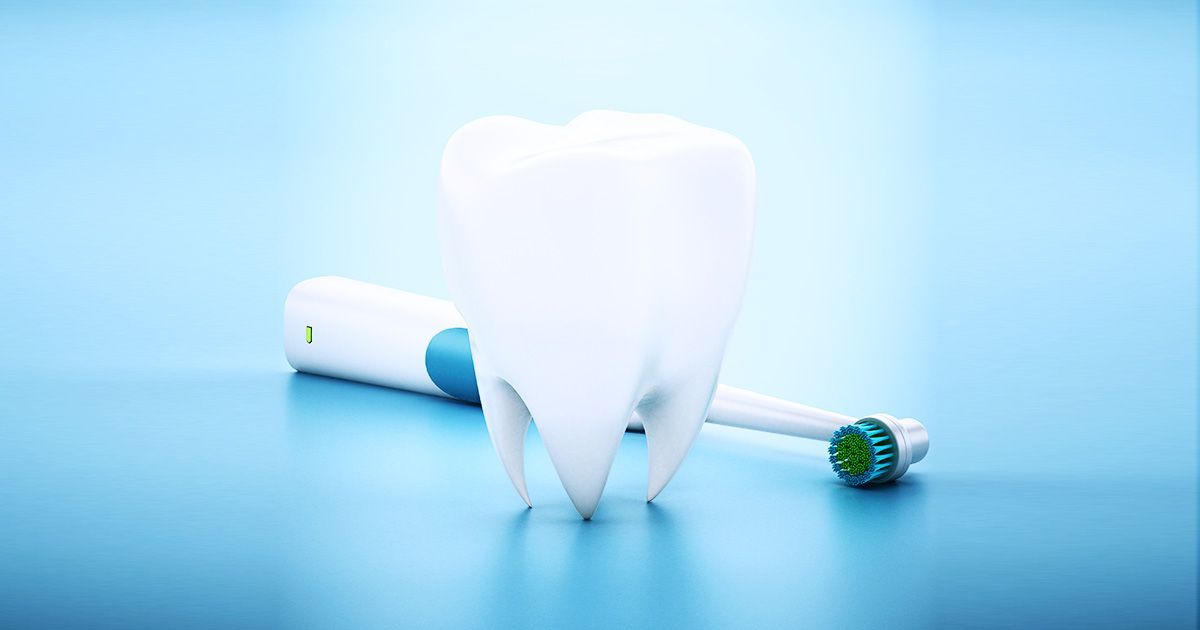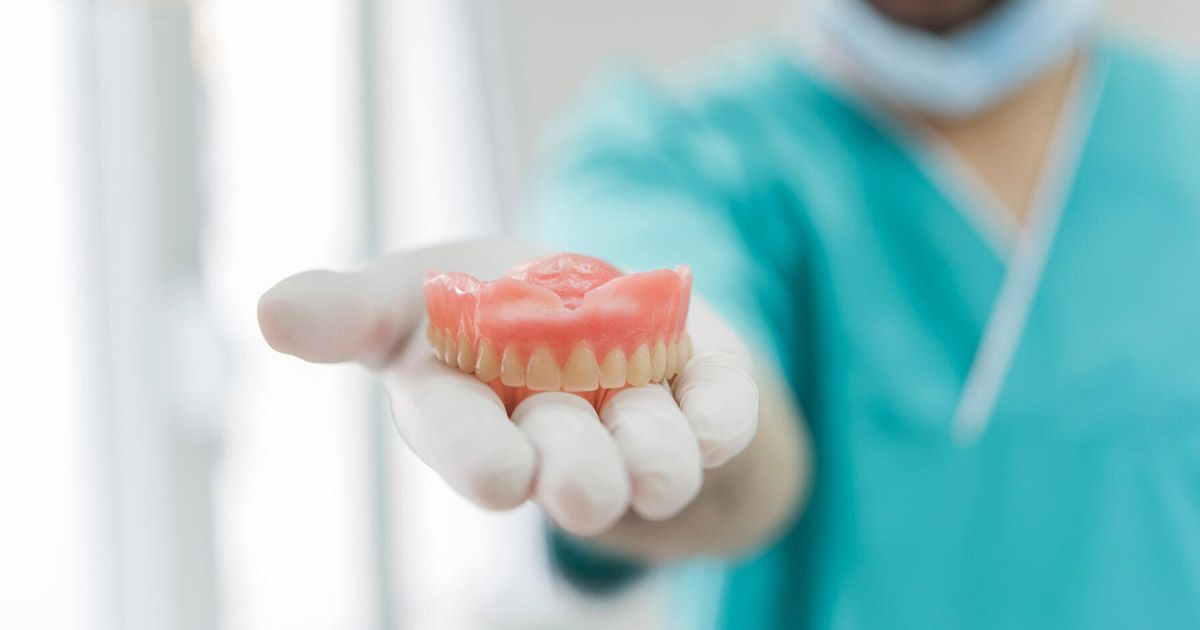What Are Dental Fillings?
When a tooth has a cavity or gap, dental fillings are used to repair the damage and maintain the tooth's structure. Check out this thorough guide to learn more.

If you’ve had a cavity filled, you’re far from alone. Aside from regular check-ups, dental fillings are among the most common reasons we see patients in our office! In fact, the CDC estimates that around 90% of U.S. adults aged 20 or older have had at least one cavity in their lifetime.
Of course, just because cavity fillings are common doesn’t mean everyone’s clear on the basics. After all, what goes into the cavity getting filled?
We’ve put together a quick guide to dental fillings to help you understand what to expect from the procedure, and what goes into your teeth. That way, if you schedule a filling the next time you visit a
dentist in Bedford, NH, you’ll know what to expect!
What Are Dental Fillings?
Fillings are what dentists use to treat, repair, or restore issues in your teeth. They include a range of different materials, such as metal, plastic, glass, and even combinations of multiple materials.
Your dentist inserts these materials to “fill” the hole that your cavity has caused in your tooth. In other cases, they might use them to repair fractures and cracks, wear and tear, or other issues.
What Happens When You Get a Filling?
When you speak to your dentist in Bedford NH about filling cavities, they may start by asking you about your filling material preferences, which we’ll discuss below. You’ll also want to ask about your options for anesthesia and let them know if you have any medical conditions or allergies.
At your appointment, your dentist will use your chosen anesthetic to numb the gum tissue around the tooth in question. They’ll then use specialized tools, including drills or air abrasion instruments, to remove the decay.
Once they’re sure all of the decay is gone, they’ll start filling the cavity. They may need to put a protective liner of composite resin down first to protect any exposed nerves. After this, they will fill the hole with your filling material of choice, then they'll shape it and polish it.
For some types of fillings, your dentist may need an extra step: a “curing” process. This involves using a special light that hardens the filling material or helps the tooth-colored filling match the color of your teeth.
What Are the Different Types of Dental Fillings?
Your dentist may use a range of different materials in your dental fillings, depending on the condition of the tooth and your personal preferences. Let’s take a quick look at the options available.
Silver Amalgam Fillings
Though these fillings are silver in color, they’re actually a mixture of a few different metals, including silver, tin, copper, zinc, and mercury. They last between 10-15 years, and they’re a great choice due to their durability and low cost.
However, they do have a few disadvantages. When compared to other options on this list, silver amalgam fillings are more likely to expand and contract over time, causing minor tooth fractures. In addition, the mercury in these fillings isn’t ideal for all patients, including some high-risk populations.
Tooth-Colored Composite Fillings
As their name suggests, these fillings use a composite of different types of materials, including a resin and plastic material. Your dentist can match them to the shade of your teeth, meaning that they aren’t as obvious as other metal fillings on this list. We recommend composite fillings to most patients based on their looks and durability.
One drawback of these fillings, however, is that their lifespan isn’t quite as long as others on this list, as you can expect to have them for around 7-10 years.
Ceramic Fillings
These fillings use porcelain, which is both durable and close in color to the natural shade of a tooth. They’re also more stain-resistant than options like composite fillings, and they can last up to 15 years.
These options tend to be more expensive than others on this list, and their durability can cause them to wear down the opposing teeth over time.
Glass Ionomer Fillings
These fillings use glass and acrylic, and because they’re weaker than other options on this list, they last for just a few years.
However, glass ionomer fillings release fluoride, which can help prevent further tooth decay, and they’re ideal for children whose teeth are still growing and changing.
Gold Fillings
Far less common than they once were, gold fillings are durable enough to last between 10-15 years. However, it often takes multiple dental appointments to ensure a proper fit.
How Do You Care for Your Fillings?
Once you’ve gotten your fillings, there’s good news: all you need to do to maintain them is take care of your teeth as usual! This includes brushing and flossing every day, using a toothpaste with fluoride, and scheduling regular dentist appointments for cleaning. These preventative measures can help ensure that your filling has a long lifespan.
However, if you notice any issues with your fillings, it’s important to reach out to your dentist right away. Common problems include gaps around the filling, cracks in the material, or a piece of the filling falling out. If the filling becomes misshapen or you feel a sharp edge on it, these are also reasons to contact a professional.
Get Expert Cavity Fillings From a Dentist in Bedford NH
Hoping to preserve your teeth with a dental filling? Working with a local dentist in Bedford, NH can help you start planning your treatment.
If you have questions about a dental filling procedure, the fillings available to you, or possible cavities in your teeth, we’re here to help. Our team is proud to be an oral health resource for patients throughout the greater Bedford area, and we can help you protect your natural teeth in a supportive, friendly environment. Reach out to us today with questions or to request an appointment.












